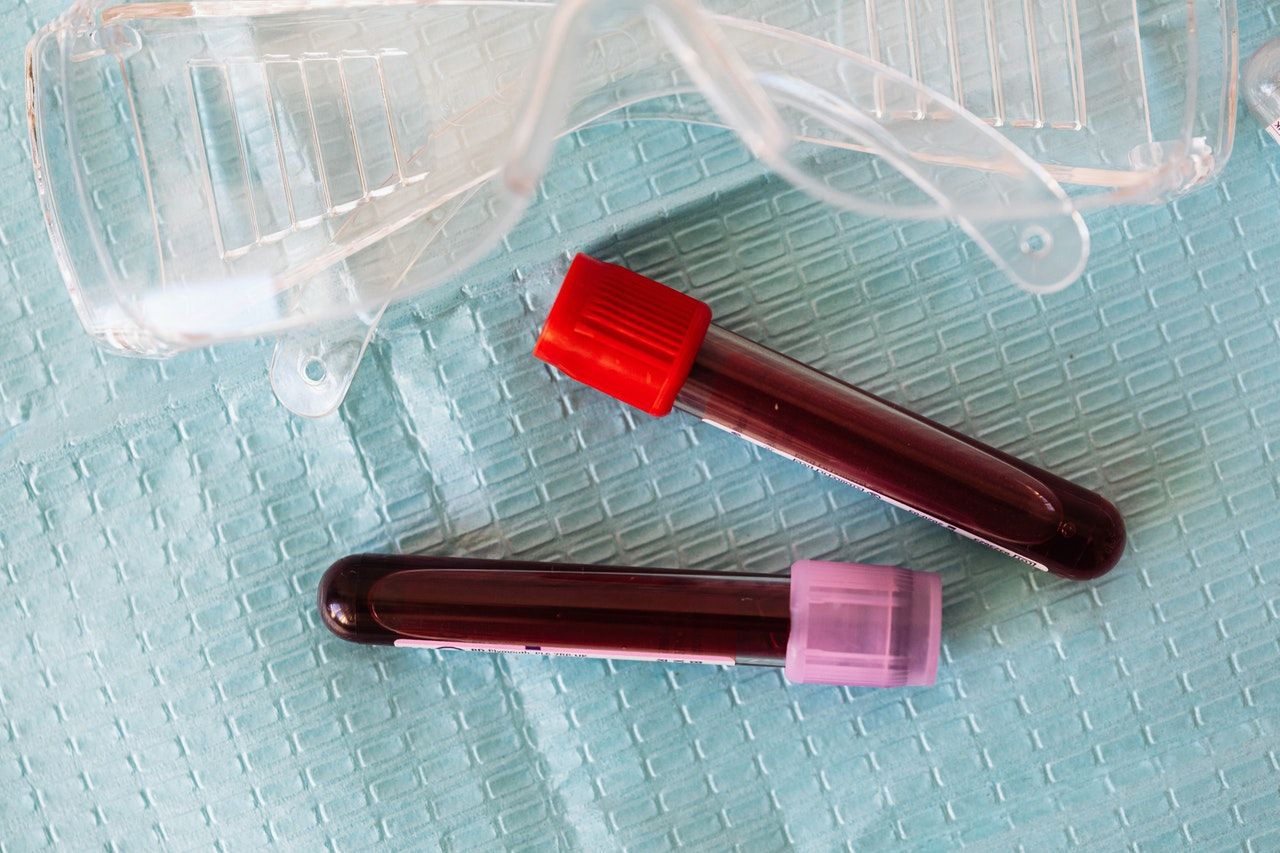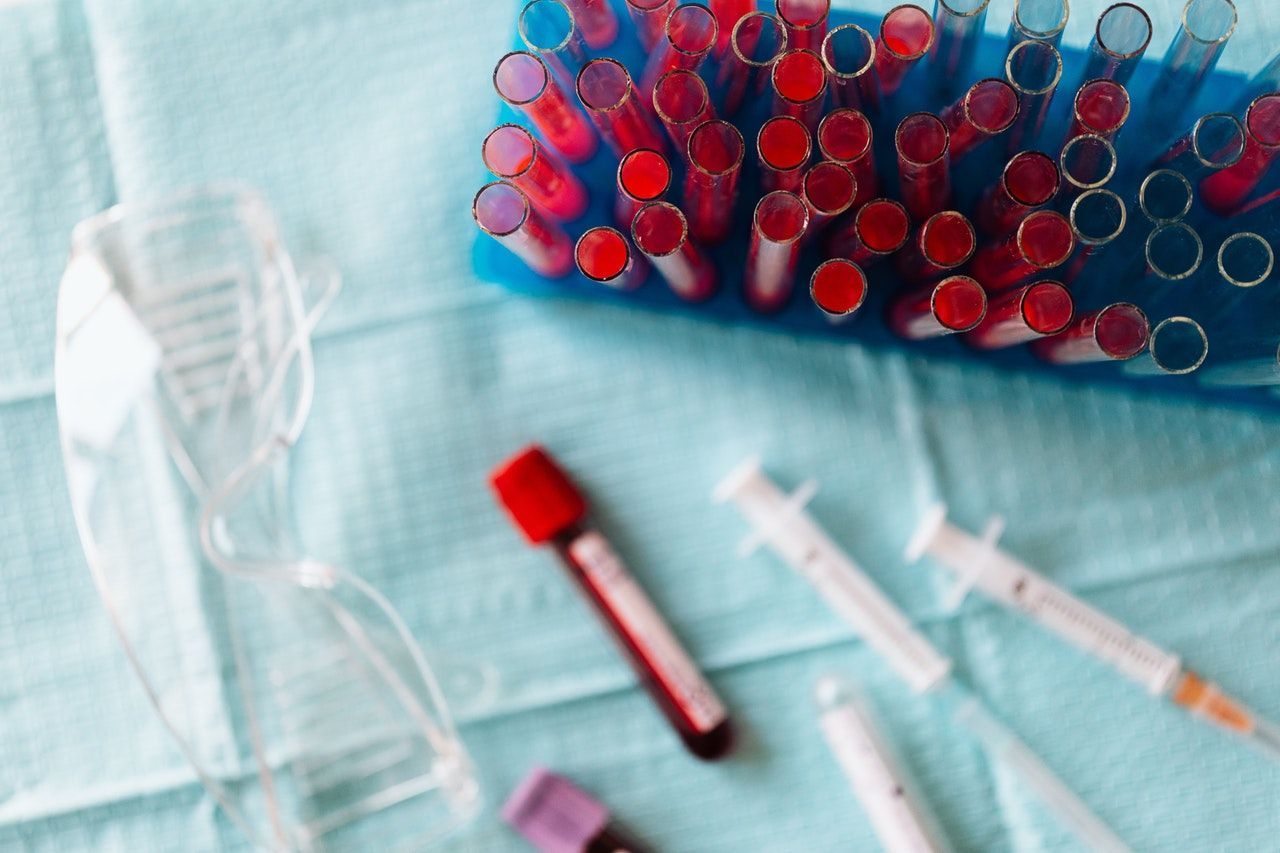
Blood Cultures
Taking a blood culture involves taking blood in an aseptic technique for the purposes of checking for bacteria of fungi in the patient's blood (septicaemia) . This is often an important aspect of doing a septic screen on a patient that is pyrexial. The procedure shown below is only a reference and please refer to local policies as your guide.
Indications and Contraindications
- Spike in temperature >38 or persistent mild pyrexia
- As part of a septic screen to find the source of an infection.
If the patient has a central, arterial or femoral line in – best to take one set of cultures from the line and also to do peripheral cultures as well.
It can take a few days for cultures to grow an organism and a further 24-48 hours to determine antibiotic sensitivities.
Contraindications
- No consent
- Cellulitis around venepucture site – avoid false positive
Equipment
- Blood culture bottles ( anaerobic and aerobic)
- 3x chlorhexadine wipes
- Sterile Gloves + apron
- Green needle (21G) and syringe 20mls / vacutainer system
- Tourniquet
- Gauze
- Tape
Introduction
- Wash hands
Wash your hands using the Ayliffe technique
2. Introduce yourself
Introduce yourself and give your name and grade
3. Check patient details
Clarify patients identity by confirming their name and asking for their DOB
4. Describe examination
Explain what examination you are performing and what this involves
5. Gain verbal consent
Pre-Procedure
- Gather equipment on sterile tray.
- Choose the preferred arm (non dominant) and one without a drip.
- Place a pillow below the arm to improve the position of the arm.
Procedure
- Apply tourniquet proximally and palpate the vein along its course to assess direction.
- Wash hands and put on sterile gloves + apron
- Remove caps off blood culture bottles and use separate chlohexadine wipe to clean the top for each bottle.
- Clean the skin around the area of venepucture and allow to dry
- Stretch the skin taut from a few centimetres below the presumed venepucture location – do not re-palpate the vein
- Warn the patient ‘sharp scratch’ and proceed slowly but firmly with the needle bevel up in to the skin at a 20 degree angle.
- Aspirate the required amount – may need 5-10 mls of blood per bottle.
- Withdraw needle and apply gauze, can ask the patient to hold.
- Inoculate the aerobic culture bottle first and allow the vacuum to drain blood.
- Dispose of sharps and place tape over gauze – ensure bleeding has stopped.
End of Procedure
1. Thank patient
Let the patient know you have finished examining them and thank them for their time.
2. Accurate documentation
Label bloods at bed side – including the site of the blood cultures were taken from. Also some blood culture packs contain stickers to sign and put in the notes.
Complications
- Bleeding
- Haematoma formation
- infection
Top Tips
- Once you have cleaned the skin, do not re-palpate the skin as this increase contamination rates
- If the patient has a central line – clean the ports with chlorexadine wipes and discard the first 10mls of blood. Remember to flush with 10 ml saline and place new ports.
- Insufficient blood in the bottles could lead to false negative results.
- Do not change needles after obtaining the blood as this increases the risk of needle-stick injuries
- Fill the aerobic bottle first as the needle is initially filled with air, and that air will be drawn into the tube along with the blood.
- Choose another vein, or switch arms if struggling.
- Consider look for veins in the feet or legs – warn the patient it’s more painful.
- Best to get senior help if unsuccessful after 2-3 attempts.
- Consider a femoral stab if you are unable to get blood from peripheral veins
Doctor Khalid Newsletter
Join the newsletter to receive the latest updates in your inbox.




